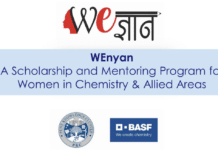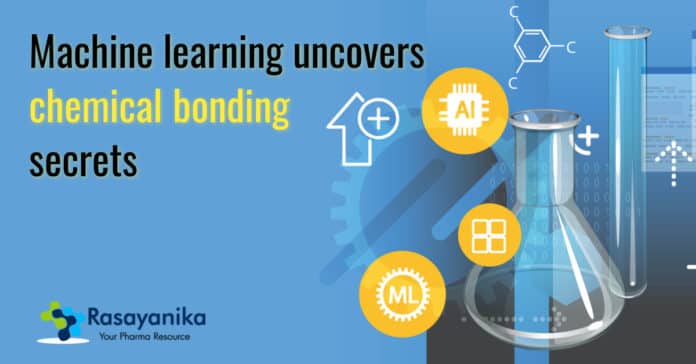Machine learning in chemistry: Unlocking the secrets of chemical bonding
Machine learning and artificial intelligence are concepts that you’ll see as part of every field lately. They have opened up new frontiers in fundamental research and its applicability. Researchers have now used artificial intelligence to develop a new chemisorption model called Bayeschem that helps decipher a catalytic surface’s chemical bonding properties.
Virginia Tech’s Chemical Engineering professor Hongliang Xin and his scientific team have developed this machine learning model in chemistry to unravel chemical bonding secrets. Bayeschem stands for the Bayesian learning model of chemisorption, which combines Bayesian learning and d-band theory concepts. Nature Communications has reported the findings of this project.
Designing efficient catalytic processes
Chemisorption comes to play at catalytic surfaces where the extent of substrate-catalyst interactions is according to the nature and strength of chemical bonding. Xin explained the Sabatier principle in catalysis, which states that catalytic interactions must be strong enough to sever chemical bonds at agreeably low temperatures while stabilizing this strength to a moderate level to avoid poisoning by intermediate compounds. This “Goldilocks zone” needs to be achieved by studying the catalytic intermediates and their bonding nature and strength. Such knowledge of machin
e learning in chemistry, Xin said, will enable us to design catalytic reactions of high efficiency.Bayesian learning is an algorithm in machine learning to interpret data and represent it in a learning model. A former doctoral student of chemical engineering, Siwen Wang, elaborated upon the learning that indicates the uncertainty in both input and output data to predict or recognize the model’s distribution of parameters.
Integration of the two concepts
Bayeschem also uses the d-band theory that explains chemisorption in terms of the d electrons arranged in their orbital in a clover-leaf shape. This model explained heterogeneous catalysis and was formulated in 1995 by Hammer and Norskov. Catalyst atoms have d-orbitals that overlap with the dumbbell-shaped or spherical orbitals of absorbate valence electrons. The electronic interactions are quite complex, hence failing at times, as Xin said.
Using machine learning in chemistry enhances this theory’s level, enabling higher accuracy of prediction and interpretation. It measures the strength of the chemical bonds and makes it possible to tweak the composition or structure for materials with better adsorption properties. A doctoral student of chemical engineering in Xin’s team, Hemanth Pillai, admits that Bayeschem can be further improvised to match the large data-handling models of machine learning.
Xin concluded that artificial intelligence in catalysis has many goals that require accurate and analytical models that improve deep learning algorithms. An opportunity to do so while uncovering more secrets of chemisorption would be extremely satisfying.
Author: Deepthi Prakash

















































